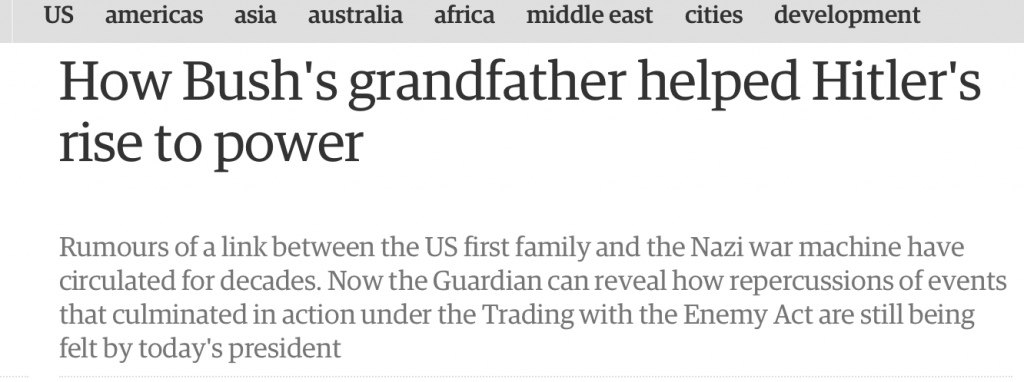Network troubleshooting tools are a necessity for every network administrator. When getting started in the networking field, it is important to amass a number of tools that can be used to troubleshoot a variety of different network conditions.
While it is true that the the use of specific tools can be subjective and at the discretion of the engineer, the selection of tools in this article has been made based on their generality and common use. This article reviews the top 10 basic tools that can help you troubleshoot most networking issues.
10. Ping
The most commonly used network tool is the ping utility. This utility is used to provide a basic connectivity test between the requesting host and a destination host. This is done by using the Internet Control Message Protocol (ICMP) which has the ability to send an echo packet to a destination host and a mechanism to listen for a response from this host. Simply stated, if the requesting host receives a response from the destination host, this host is reachable. This utility is commonly used to provide a basic picture of where a specific networking problem may exist. For example, if an Internet connection is down at an office, the ping utility can be used to figure out whether the problem exists within the office or within the network of the Internet provider. Figure 1 below shows an example of the ping utility being used to obtain the reachability status of the locally connected router.
Figure 1: Ping utility
9. Tracert/traceroute
Typically, once the ping utility has been used to determine basic connectivity, the tracert/traceroute utility can used to determine more specific information about the path to the destination host including the route the packet takes and the response time of these intermediate hosts. Figure 2 below shows an example of the tracert utility being used to find the path from a host inside an office to www.google.com. The tracert utility and traceroute utilities perform the same function but operate on different operating systems, Tracert for Windows machines and traceroute for Linux/*nix based machines.
Figure 2: Tracert/traceroute utility
8. Ipconfig/ifconfig
One of the most important things that must be completed when troubleshooting a networking issue is to find out the specific IP configuration of the variously affected hosts. Sometimes this information is already known when addressing is configured statically, but when a dynamic addressing method is used, the IP address of each host can potentially change often. The utilities that can be used to find out this IP configuration information include the ipconfig utility on Windows machines and the ifconfig utility on Linux/*nix based machines. Figure 3 below shows an example of the ifconfig utility showing the IP configuration information of a queries host.
Figure 3: Ifconfig utility
7. Nslookup
Some of the most common networking issues revolve around issues with Dynamic Name System (DNS) address resolution issues. DNS is used by everyone using the Internet to resolve commonly known domain names (i.e. google.com) to commonly unknown IP addresses (i.e. 74.125.115.147). When this system does not work, most of the functionality that people are used to goes away, as there is no way to resolve this information. The nslookup utility can be used to lookup the specific IP address(es) associated with a domain name. If this utility is unable to resolve this information, there is a DNS issue. Along with simple lookup, the nslookup utility is able to query specific DNS servers to determine an issue with the default DNS servers configured on a host. Figure 4 below shows an example of how the nslookup utility can be used to query the associated IP address information.
Figure 4: Nslookup utility
6. Netstat
Often, one of the things that are required to be figured out is the current state of the active network connections on a host. This is very important information to find for a variety of reasons. For example, when verifying the status of a listening port on a host or to check and see what remote hosts are connected to a local host on a specific port. It is also possible to use the netstat utility to determine which services on a host that is associated with specific active ports. Figure 5 below shows an example of the netstat utility being used to display the currently active ports on a Linux machine.
Figure 5: Netstat utility
5. PuTTY/Tera Term
When connecting to a variety of different types of equipment, a telnet, SSH or serial client is required; when this is required both the puTTY and Tera Term programs are able to provide these functionalities. The selection of one over the other is strictly a personal preference. Figures 6 and 7 below show both puTTY and Tera Term being used to connect to a host via SSH.




























